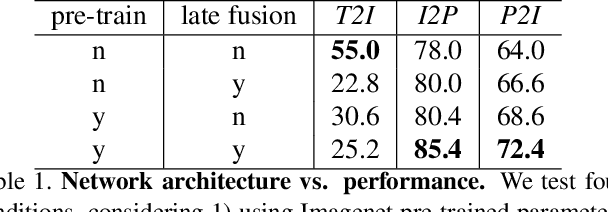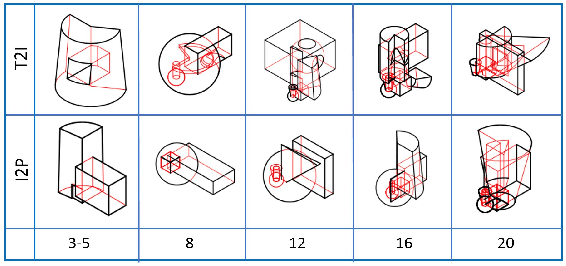Yanfei Xue
Concavity-Induced Distance for Unoriented Point Cloud Decomposition
Jun 19, 2023Abstract:We propose Concavity-induced Distance (CID) as a novel way to measure the dissimilarity between a pair of points in an unoriented point cloud. CID indicates the likelihood of two points or two sets of points belonging to different convex parts of an underlying shape represented as a point cloud. After analyzing its properties, we demonstrate how CID can benefit point cloud analysis without the need for meshing or normal estimation, which is beneficial for robotics applications when dealing with raw point cloud observations. By randomly selecting very few points for manual labeling, a CID-based point cloud instance segmentation via label propagation achieves comparable average precision as recent supervised deep learning approaches, on S3DIS and ScanNet datasets. Moreover, CID can be used to group points into approximately convex parts whose convex hulls can be used as compact scene representations in robotics, and it outperforms the baseline method in terms of grouping quality. Our project website is available at: https://ai4ce.github.io/CID/
Contrastive Spatial Reasoning on Multi-View Line Drawings
Apr 27, 2021



Abstract:Spatial reasoning on multi-view line drawings by state-of-the-art supervised deep networks is recently shown with puzzling low performances on the SPARE3D dataset. To study the reason behind the low performance and to further our understandings of these tasks, we design controlled experiments on both input data and network designs. Guided by the hindsight from these experiment results, we propose a simple contrastive learning approach along with other network modifications to improve the baseline performance. Our approach uses a self-supervised binary classification network to compare the line drawing differences between various views of any two similar 3D objects. It enables deep networks to effectively learn detail-sensitive yet view-invariant line drawing representations of 3D objects. Experiments show that our method could significantly increase the baseline performance in SPARE3D, while some popular self-supervised learning methods cannot.
 Add to Chrome
Add to Chrome Add to Firefox
Add to Firefox Add to Edge
Add to Edge